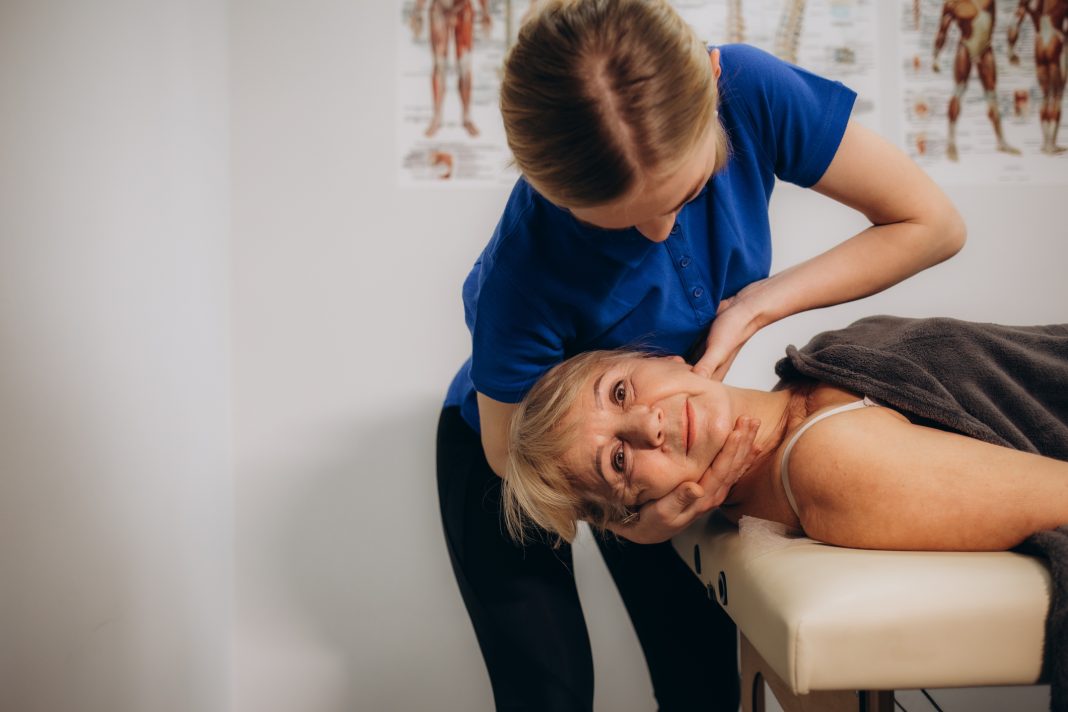Rob Sillevis from the Marieb College of Health and Human Services explores joint manipulation, a hands-on therapeutic technique designed to relieve pain, improve mobility, restore joint function, and enhance patient functionality
Joint manipulation is a hands-on therapeutic technique commonly used to relieve pain, improve mobility, restore joint function, and improve patient functionality.
Joint manipulation has ancient roots that span thousands of years across multiple cultures. The earliest records of joint manipulation trace back to ancient civilizations, including Egypt, China, and Greece. Evidence suggests that joint manipulation was practised as early as 3,000 BC, with ancient Egyptian hieroglyphs showing early forms of manual therapy.
Spinal manipulation techniques
Hippocrates (460–370 BCE) is considered one of the first to document spinal manipulation techniques. Known as the “Father of Medicine,” Hippocrates observed that manual manipulation could relieve spinal deformities, nerve pain, and joint dysfunction.
As the healthcare industry moved toward evidence-based practice in the late 20th century, joint manipulation techniques underwent rigorous scientific evaluation. Manual manipulation has been validated in the literature, and its efficacy has been demonstrated in conditions such as low back pain, neck pain, and headaches. Joint manipulation is currently widely used by physical therapists, chiropractors, and osteopaths.
Audible sounds, often described as “crack,” “pop,” or “clicks,” usually accompany joint manipulation techniques. Historically, in academia and the clinical arena, it has been suggested that the audible joint sound indicates that the joint manipulation was successful. Although the exact mechanism responsible for the audible pop remains elusive, several hypotheses attempt to explain
the sound.
The fact that audible sounds only occur in synovial joints implies a possible causative relationship between joint movement, joint capsule, and synovial fluid inside joints. Currently, several theories explain the audible joint manipulation sound, but none have been shown to be conclusive.
Clinical relevance of joint manipulation sounds
Dr. Rob Sillevis, a dedicated researcher at Florida Gulf Coast University, has meticulously evaluated the clinical relevance of joint manipulation sounds since 2010. His comprehensive approach involves reviewing existing scientific research on the audible joint sound and conducting several original research studies to evaluate the direct effect of audible joint manipulation sounds.
The culmination of Dr. Sillevis’s work to date is a clear and evidence-based understanding: manipulation sounds do not directly influence patient-reported pain levels, joint mobility,
or perceived disability. Dr. Sillevis’s research also demonstrated no direct effect on the autonomic nervous system when manipulating the upper thoracic spine.
Despite the lack of therapeutic relevance of the audible manipulation sound, patients undergoing manipulation seem to correlate the audible sound to the fact that something “good” must have happened and that the manipulation was successful. They often state to the practitioner, “You got it,” or “Something good just happened” after experiencing the manipulation sound.
Since the relationship between patient expectation and treatment outcomes has been previously demonstrated, it was necessary to evaluate further the effect of the audible pop on the subjective conscious awareness in a patient undergoing a thrust manipulation resulting in an audible pop.
The actual effect of joint manipulation sound
To further determine the actual effect of joint manipulation sound, Dr. Sillevis and his team conducted three follow-up studies to evaluate the effect during spinal manipulation of the lumbar spine, thoracic spine, and cervical spine on the central nervous system. The hypothesis was that if there is an actual effect of the manipulation sounds or a perceived effect by the patient, a change in brainwave activity should be identified. For that reason, a 14-lead electroencephalogram (EEG) was used to record brainwave activity during and immediately after the manipulation intervention.
The EEG measures different types of brainwaves in other brain regions, representing various states such as sleep, relaxation, and cognitive processing. The EEG makes an ideal outcome measure as joint manipulation will simultaneously result in sensory, audible, and or tactile input to the central nervous system. Observing cortical brainwave activity in different brain regions is the optimal place to measure this.
All three spinal manipulation studies failed to demonstrate a superior effect in cortical activity when comparing those with manipulation sounds versus those who did not experience such sounds. Based on the study results, two things became obvious. The first one is that manipulation generally results in a relaxation effect, which might be more robust when audible sounds are present without a true clinical relevance. Secondly, there was no evidence based on the EEG results that there could have been a placebo effect in the joint manipulation sound groups explaining the observed EEG changes following spinal manipulation.
Joint manipulation research
Therefore, based on current research evidence, clinicians and researchers should not use audible manipulation sounds to measure the success of spinal thrust manipulation. Unfortunately, both the research community and practitioners continue to ignore research evidence and still use the audible pop as a criterion for the success of the technique.
This criterion could lead to repeated manipulation forces applied to a joint until an audible pop is achieved, exposing joint structures to unnecessary forces to “chase the manipulation sound.” Additionally, it is important during patient care that clinicians who use thrust manipulation educate patients that the presence of an audible pop doesn’t make the treatment more effective.


